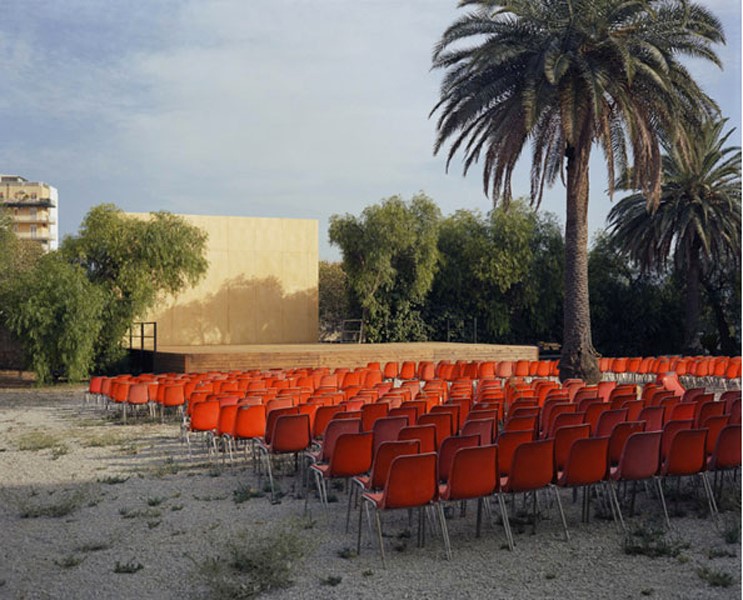Wim Wenders is best known for his contributions to New German Cinema and for his films Paris, Texas (1984) and Wings of Desire (1987). He also created several subversive documentaries throughout his career, giving the public a profound insight into
Wim Wenders is best known for his contributions to New German Cinema and for his films Paris, Texas (1984) and Wings of Desire (1987). He also created several subversive documentaries throughout his career, giving the public a profound insight into the mysterious Japanese designer Yohji Yamamoto and fellow director Jean-Luc Godard. Then in 1983, whilst scouting locations for one of his films, Wenders began using photography as a new form of visual language. He considers it a separate entity to his filmmaking, and many of his photographs have been taken during his travels to Japan, Germany, Brazil and USA. Tomorrow the Haunch of Venison will open an exhibition consisting of forty of Wenders’ works taken between 1983-2011. Many of these images have not yet been shown in the UK, and furthermore it will give people the opportunity to view him as a photographer. AnOther spoke to co-curator Claudia Stockhausen about the importance of these photographic works.
When did Wim Wenders begin using photography as a medium?
It was in 1983, whilst he was scouting locations for his film Paris, Texas (1984) that Wenders began to use photography as an art medium. He was driving through America, trying to find locations for his films and he started thinking about using a new medium.
What is the relationship between his photographic work and his film work?
I don’t think they really interlink. There are some photographs in the exhibition that were taken during location scouting, but formally and conceptually they don’t relate to the films. Dinosaur and Family (1983), for example, is one of his earlier works and it was taken whilst he was working on Paris, Texas (1984) but you can see no link between the film and the work itself. There are other works that are stylistically more reminiscent of his films; Street corner in Butte (2003) was taken during Don’t Come Knocking (2005) one of his later films and you can really see the filmmaker Wenders in the photography. I think it is important that most of his photographs have been created as separate artistic work to the films. He certainly wants it to be seen as an individual, but equally important creative process. I think the aesthetic of most photos will come as no surprise for those who know Wenders the filmmaker. I think many people will experience a different facet of the artist in his photographs; it might be through the medium itself or the subject matter.
Why did Haunch of Venison decide to exhibit this series of photographs?
We have been working with Wim Wenders for the past eight years. His last show was in 2003 and he was just too busy to concentrate on his photographic work over the last seven years. It is his first commercial show with us and we wanted to present a really broad range of his work from the last thirty years.
Have you seen any changes in his photographs from the early eighties to his more recent work?
The theme of our show is 'Places, strange and quiet' and for us it was important to see how he follows this one train of thought over this period of time. They are all places, strange and quiet but in very different contexts. In that sense it is really quite consistent.
How did this title come about?
Wim chose the title. It is part of a quote where he said “it must be some sort of inbuilt radar that often directs me to places that are strangely quiet, or quietly strange.”
Wim Wenders: Places, strange and quiet runs from 15 April until 14 May 2011.
Text by Isabella Burley
